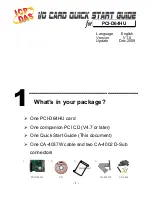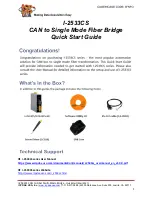
2 General Information about Integrated Safety Systems
11.03
2.2 Test, certification
© Siemens AG 2003 All Rights Reserved
2-30
SINUMERIK 840D/SIMODRIVE 611 digital SINUMERIK Safety Integrated (FBSI) - Edition 11.03
2.2 Test, certification
"...There is no general testing requirement for drive systems with integrated
safety. This applies to applications in machine tools, robots, automated
manufacturing systems, foodstuffs machines etc.
On certain machines that are listed under Appendix IV of the Machinery
Directive (e.g. presses, woodworking machines) there may be a test
requirement for the machine from which a test requirement for the drive
systems can be derived.
Whether this is the case or not, tests can be conducted on a voluntary basis.
Generally, users and the machine manufacturers request that these
components be tested by an independent body, even if there is no test
requirement. The reason for that is, above all, the complexity of the drive
systems with integrated safety. The users themselves are unable to judge
whether the systems meet the protection objectives of the Machinery Directive
and the Standards.
Testing such complex systems must always be conducted in parallel with
development, i.e. already starting in the conceptual phase. In that way, it is
possible to avoid mistakes in the development phase and reduce the test effort.
The certificates that are acceptable for tests by the test and certification system
of the German professional association are EC-type examination certificates in
compliance with EC Directives according to ZH1/419 /5/ in conjunction with the
appropriate test symbol..."
2.3 Terminology from EN 292-1
The terms "Reliability" and "Safety" are defined in EN 292-1 as follows:
Table 2-3
Reliability and safety
Term Definition
Reliability
The ability of a product, a part or an apparatus to perform a
required function under specific conditions and for a specified
period of time without malfunction.
Safety
The ability of a product to perform its function(s) and to be
transported, erected, installed, maintained, disassembled and
removed in compliance with the conditions of its intended use as
defined by the manufacturer in the Operating Manual (and to which
reference is made in some cases for certain periods in the
Operating Instructions) without causing injury or ill-health.
Extract from /6/
Reliability and safety
















































